Picture this: you’re holding a smartphone that can connect you to anyone on Earth, access the sum of human knowledge, and perform calculations faster than supercomputers from just decades ago. Yet thousands of years ago, our ancestors created things that still leave modern scientists scratching their heads. These ancient marvels weren’t just impressive for their time—they continue to baffle experts today, challenging everything we think we know about human ingenuity and capability.
The Roman Concrete That Grows Stronger With Time
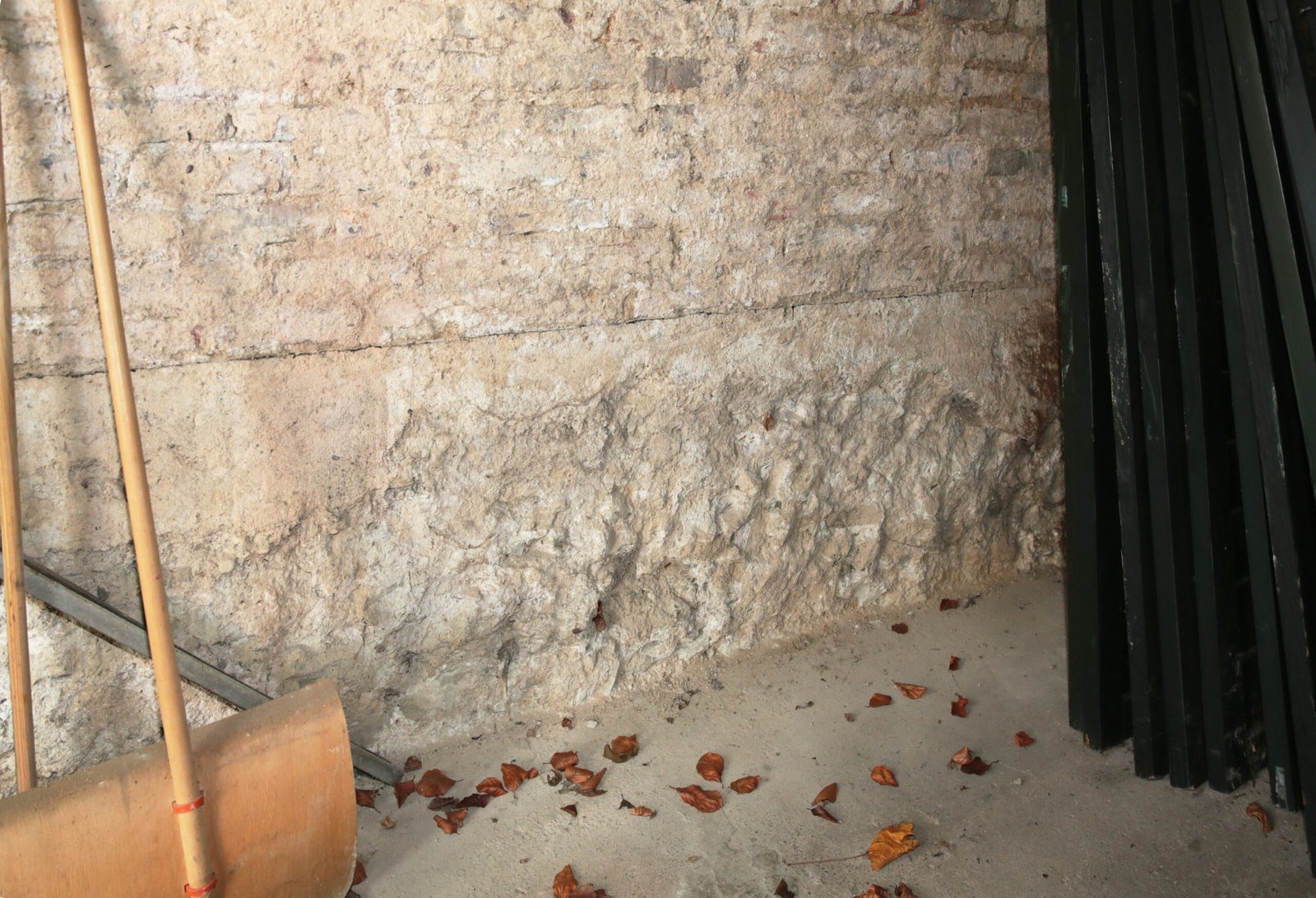
Roman concrete doesn’t just survive the test of time—it actually gets stronger as centuries pass, which is the complete opposite of what modern concrete does. While our concrete crumbles after just 50 to 100 years, Roman structures like the Pantheon have stood firm for nearly 2,000 years. Scientists have discovered that Romans mixed volcanic ash into their concrete, creating a chemical reaction that continues healing cracks over time. Think of it like a living material that repairs itself, something we’re still trying to replicate in our labs today. The Romans somehow stumbled upon a self-healing concrete formula that modern engineers are desperately trying to reverse-engineer.
Damascus Steel’s Impossible Strength

The legendary Damascus steel was so sharp it could reportedly slice through a silk scarf dropped onto the blade, yet so strong it could cleave through lesser swords without chipping. This steel, forged in ancient Syria and India, contained microscopic carbon nanotubes—a technology we only “discovered” in the 20th century. The blacksmiths of old somehow figured out how to manipulate metal at the molecular level without even knowing molecules existed. When the last Damascus steel masters died in the 18th century, they took their secrets with them. Despite centuries of attempts and modern metallurgical knowledge, we still can’t reproduce authentic Damascus steel with all its original properties.
Greek Fire: The Ancient Napalm

The Byzantine Empire’s secret weapon was a liquid fire that couldn’t be extinguished by water—it actually burned on water’s surface like a medieval napalm. This “Greek fire” was so effective that it saved Constantinople from multiple sieges and maintained Byzantine naval supremacy for centuries. The formula was so closely guarded that only a handful of people knew it, and when the empire fell, the secret died with them. Modern chemists have theories about what Greek fire might have contained—petroleum, quicklime, sulfur—but no one has successfully recreated a substance that matches all the historical descriptions. It’s like trying to reverse-engineer a recipe from a dish you’ve never tasted.
The Antikythera Mechanism’s Cosmic Calculations
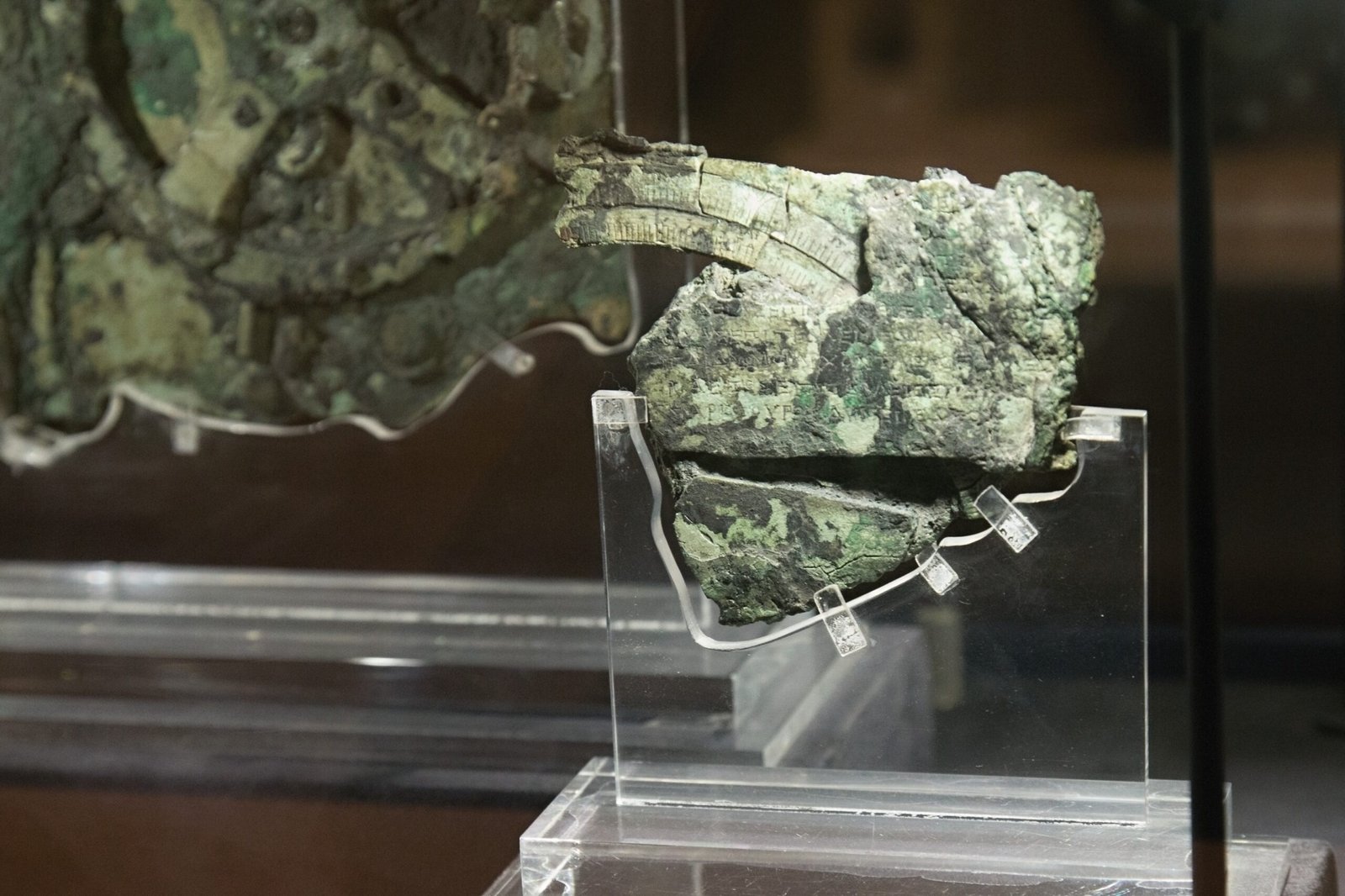
Found in a shipwreck off the Greek coast, the Antikythera Mechanism is essentially an ancient computer that predicted eclipses, tracked planetary movements, and calculated Olympic Games schedules. This bronze device, dating to around 100 BCE, contains gear systems so sophisticated that similar technology didn’t appear again until astronomical clocks of the 14th century. It’s like finding a smartphone in a medieval castle—completely out of place and time. The mechanism required knowledge of advanced mathematics, astronomy, and precision engineering that we assumed ancient Greeks didn’t possess. Even with X-ray technology and 3D modeling, researchers are still uncovering new functions and marveling at its complexity.
Roman Dodecahedra: Mysterious Multi-Sided Objects

Across the former Roman Empire, archaeologists have found over 100 mysterious bronze objects called Roman dodecahedra—12-sided geometric shapes with holes of varying sizes and small knobs on each corner. Despite decades of study, nobody knows what these objects were actually used for. Theories range from surveying instruments to candle holders, from knitting tools to religious artifacts, but none fully explain all the variations found. The Romans, who were meticulous record-keepers, left absolutely no written description of these objects, which makes the mystery even deeper. It’s as if an entire category of Roman technology was deliberately hidden from history.
The Baghdad Battery: Ancient Electrical Power
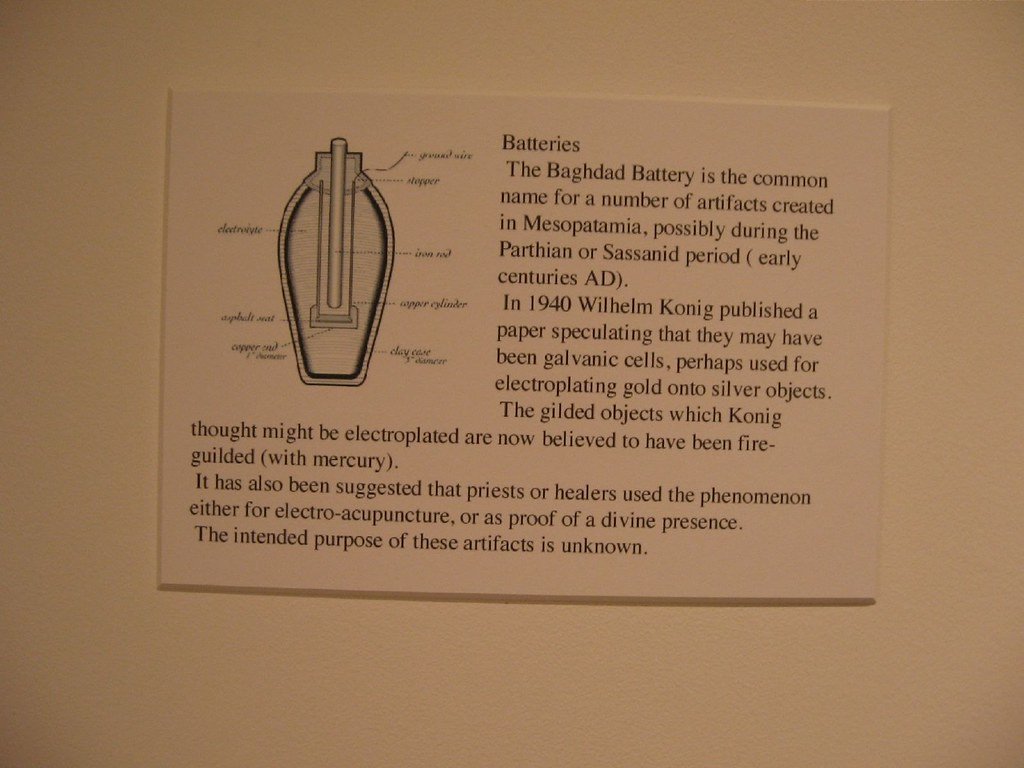
In 1936, archaeologists discovered clay jars in Iraq containing copper cylinders and iron rods that could theoretically generate electricity when filled with an acidic solution. These “Baghdad Batteries,” dating to around 250 BCE, have sparked intense debate about whether ancient peoples understood electrical principles. When replicated, these devices do produce about 1.5 volts of electricity—enough to electroplate metals or power small devices. Some researchers suggest they were used for electroplating gold onto silver jewelry, a process that would have seemed magical to ancient observers. However, skeptics argue they might have been simple storage containers, leaving the true purpose shrouded in mystery.
Stradivarius Violins: The Sound of Perfection
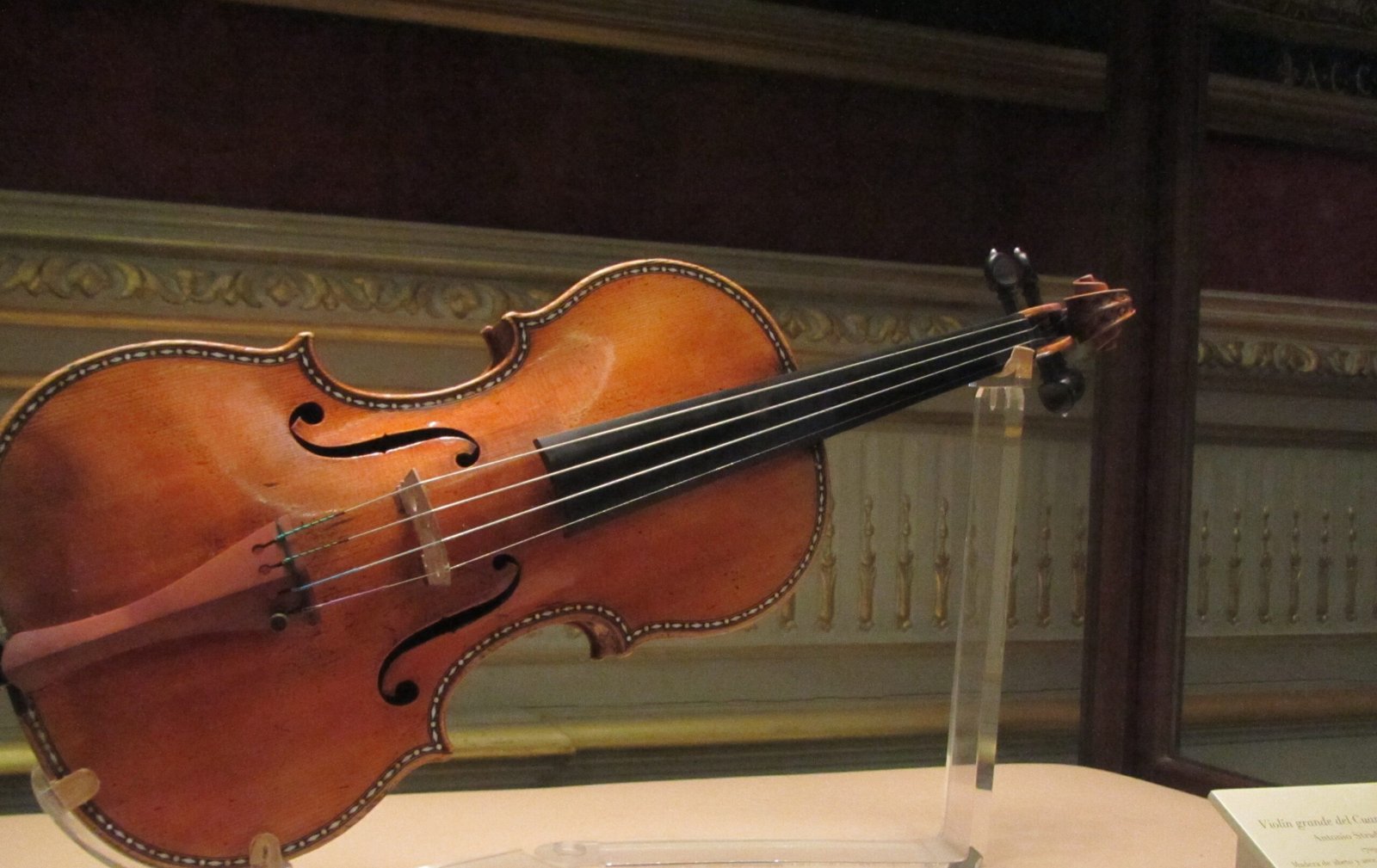
Antonio Stradivari crafted violins in 17th and 18th century Italy that produce a sound quality musicians and scientists still can’t fully replicate today. These instruments sell for millions of dollars and are considered the gold standard of violin craftsmanship. Researchers have analyzed everything from the wood’s density to the varnish composition, discovering that Stradivari used wood from trees that grew during the Little Ice Age, creating denser grain patterns. The varnish contains unique minerals that might affect sound resonance, but even violins built with identical materials and methods don’t quite match the Stradivarius sound. It’s like having the recipe for a perfect cake but somehow never achieving the exact same taste.
The Lycurgus Cup’s Color-Changing Glass
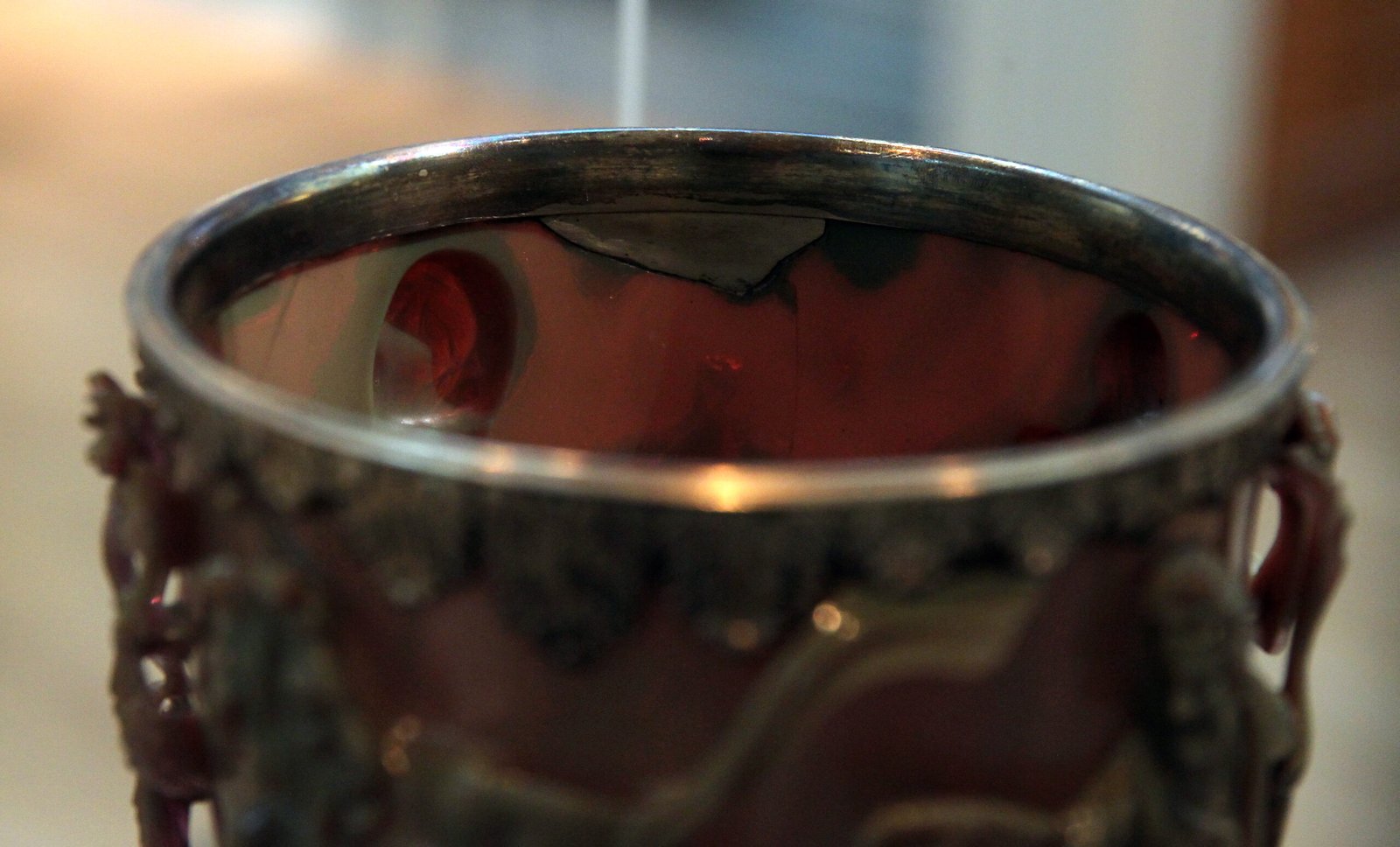
The 4th-century Roman Lycurgus Cup appears jade green when lit from the front but glows ruby red when lit from behind—a color-changing effect that seems more like magic than ancient craftsmanship. This dichroic glass contains gold and silver nanoparticles that were somehow incorporated into the glass during production. The Romans achieved what we now call nanotechnology, manipulating matter at the atomic level to create optical effects. Modern scientists only figured out how this worked in the 1990s, using electron microscopes to see the tiny metal particles suspended in the glass. The cup represents a level of materials science that wouldn’t be matched again until the 20th century.
Ulfberht Swords: Viking Super Steel

Between 800 and 1000 CE, Viking warriors wielded swords marked with “+ULFBERHT+” that were made from crucible steel so pure it wouldn’t be matched in Europe until the Industrial Revolution. These swords contained steel with a carbon content that required furnace temperatures of 3,000 degrees Fahrenheit—far beyond what medieval technology should have achieved. The steel was likely imported from India or Central Asia, but how the Vikings obtained such advanced materials and forged them into superior weapons remains unclear. Archaeological evidence suggests that creating these swords required knowledge of metallurgy that was supposedly lost to medieval Europe. Only about 170 authentic Ulfberht swords have been found, making them rarer than original Stradivarius violins.
Hoysala Architecture: Stone Carved Like Clay
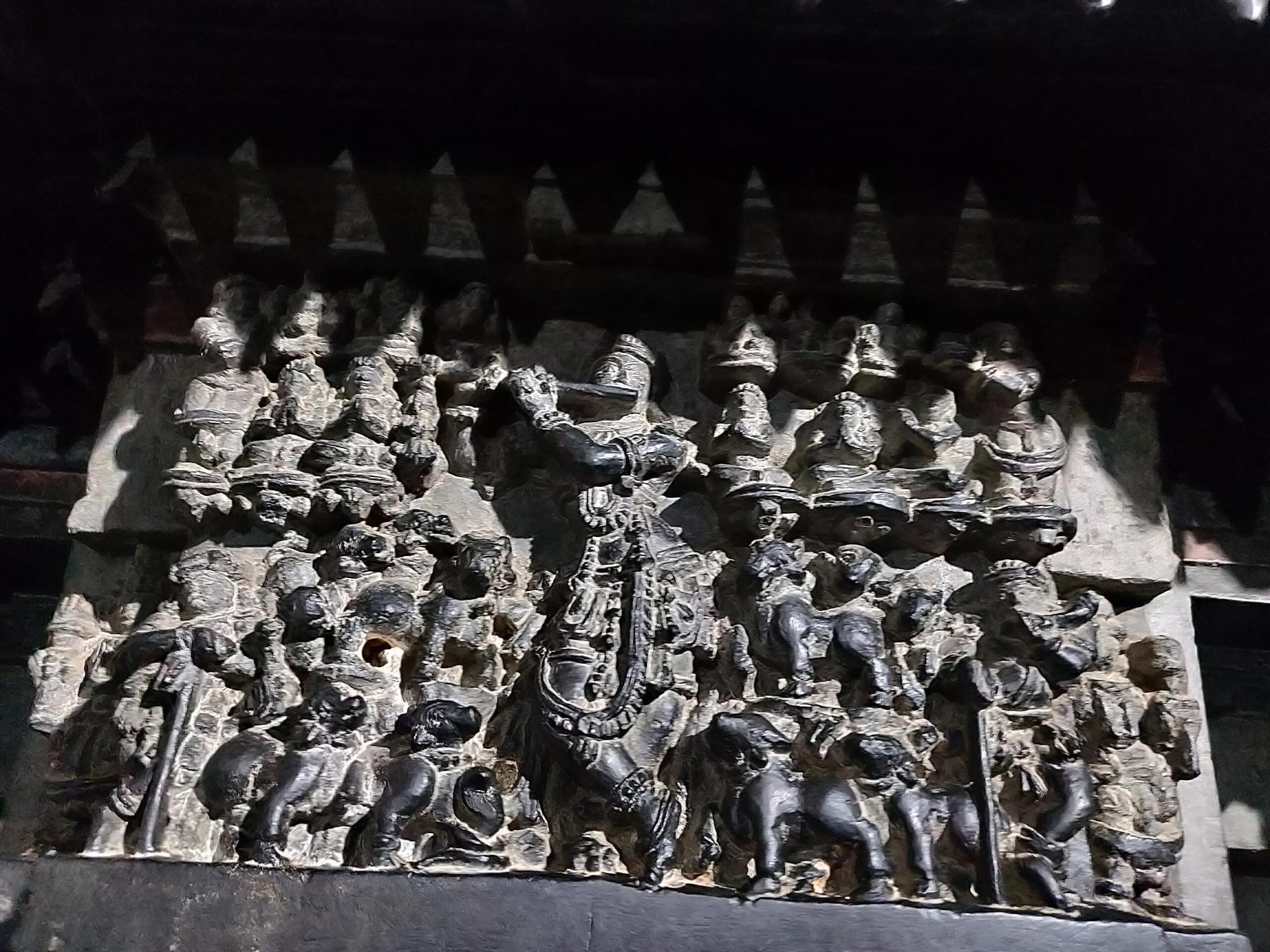
The 12th-century Hoysala temples in India feature stone carvings so intricate and detailed that they look like they were shaped from soft clay rather than carved from hard granite. These sculptures include delicate chains carved from single blocks of stone, with links that move freely despite never being separated. The level of detail includes individual fingernails on tiny figures, flowing fabric that seems to ripple in stone, and jewelry so fine it appears almost transparent. Master craftsmen somehow developed techniques for carving granite—one of the hardest stones—with a precision that modern power tools struggle to match. The temples contain no written records of the techniques used, leaving contemporary stone carvers to wonder how such impossible detail was achieved.
Ancient Acoustic Engineering: Sound Chambers of Mystery
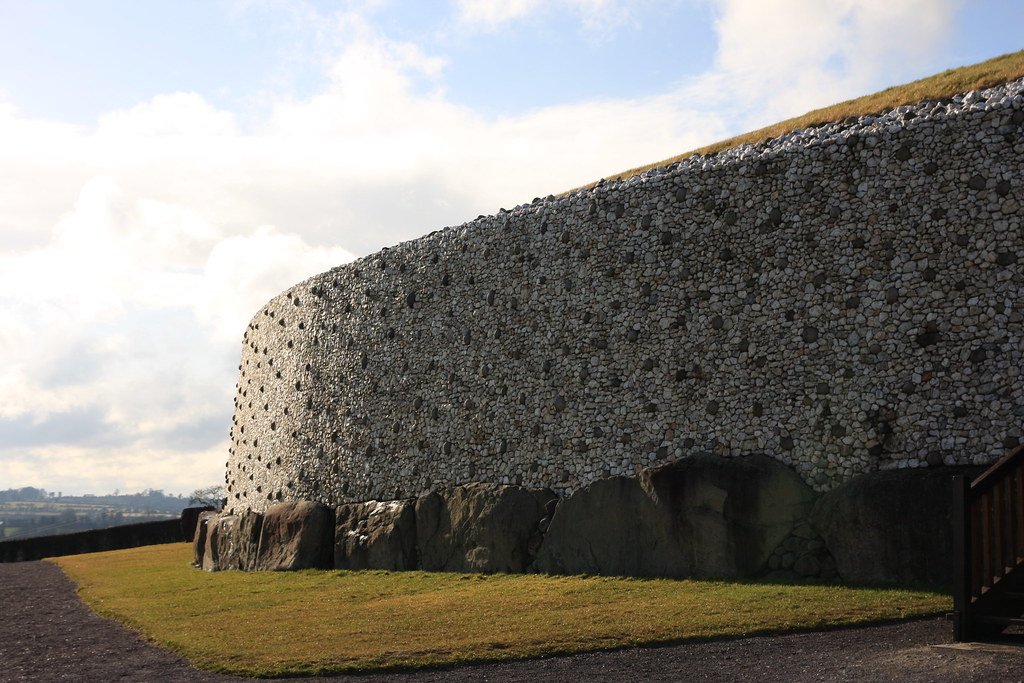
Ancient sites like Newgrange in Ireland, the whispering chambers of St. Paul’s Cathedral, and various Greek amphitheaters demonstrate acoustic engineering that modern sound engineers find difficult to replicate. These structures channel sound in ways that seem to defy physics, creating perfect acoustics without any modern understanding of sound waves or resonance frequencies. Some chambers amplify whispers to thunderous levels, while others can carry a normal conversation across impossible distances with crystal clarity. The builders somehow intuited principles of acoustics that weren’t scientifically understood until centuries later. These acoustic marvels suggest that ancient peoples possessed knowledge of sound manipulation that we’re still trying to fully comprehend.
Lost Wax Casting: The Impossible Bronze

Ancient civilizations created bronze sculptures with such complex internal structures and thin walls that modern foundries struggle to replicate the techniques. The lost wax casting method allowed artists to create hollow bronze statues with walls just millimeters thick, intricate internal chambers, and details that seem impossible to achieve with ancient tools. Famous examples like the Riace Bronzes show levels of craftsmanship that required precise temperature control, timing, and metallurgical knowledge that supposedly didn’t exist 2,500 years ago. When modern artists attempt to recreate these techniques using period-appropriate methods, they often fail to achieve the same level of detail and structural integrity. The ancient bronze-workers somehow mastered chemistry and physics concepts that weren’t formally understood until much later.
The Mystery of Ancient Precision

From the perfectly fitted stones of Machu Picchu to the precise measurements of the Great Pyramid, ancient builders achieved levels of accuracy that would be impressive even with modern surveying equipment. These structures show tolerances measured in millimeters across massive constructions, with stones fitted so precisely that you can’t slide a knife blade between them. The builders somehow managed to cut, transport, and position megalithic blocks weighing dozens of tons with mathematical precision that rivals modern construction. Without modern measuring instruments, cranes, or even the wheel in some cases, ancient engineers accomplished feats that challenge our understanding of what’s possible with primitive tools. Archaeological evidence suggests they possessed sophisticated knowledge of geometry, physics, and engineering that we’re still trying to fully understand.
Ancient Chemical Knowledge: The Alchemist’s Secrets

Ancient peoples developed chemical processes that modern scientists are still unraveling, from the creation of synthetic dyes that remain vibrant after thousands of years to metallurgical techniques that produced alloys we can barely replicate today. The ancient Egyptians created a synthetic blue pigment called Egyptian Blue that was used for over 3,000 years before the formula was lost. This pigment has unique properties that make it visible under infrared light, suggesting applications we’re only now beginning to understand. Ancient Chinese alchemists developed gunpowder and other chemical compounds through processes that seem more like systematic chemistry than random experimentation. These achievements suggest that ancient peoples possessed theoretical knowledge of chemical principles that weren’t formally codified until much later in history.
The Enduring Legacy of Ancient Innovation

These ancient technologies represent more than just impressive craftsmanship—they challenge our fundamental assumptions about human progress and the linear development of knowledge. Each mystery suggests that innovation isn’t always cumulative, that knowledge can be lost as easily as it’s gained, and that our ancestors were far more sophisticated than we often give them credit for. The fact that we can’t replicate these ancient achievements despite our modern tools and understanding should humble us and inspire us to approach history with more respect and curiosity. Perhaps the most important lesson from these ancient technologies is that human ingenuity has always found ways to push beyond the supposed limits of available resources and knowledge. What other secrets might be waiting in archaeological sites yet to be discovered, and what does our inability to match ancient achievements say about the nature of progress itself?




